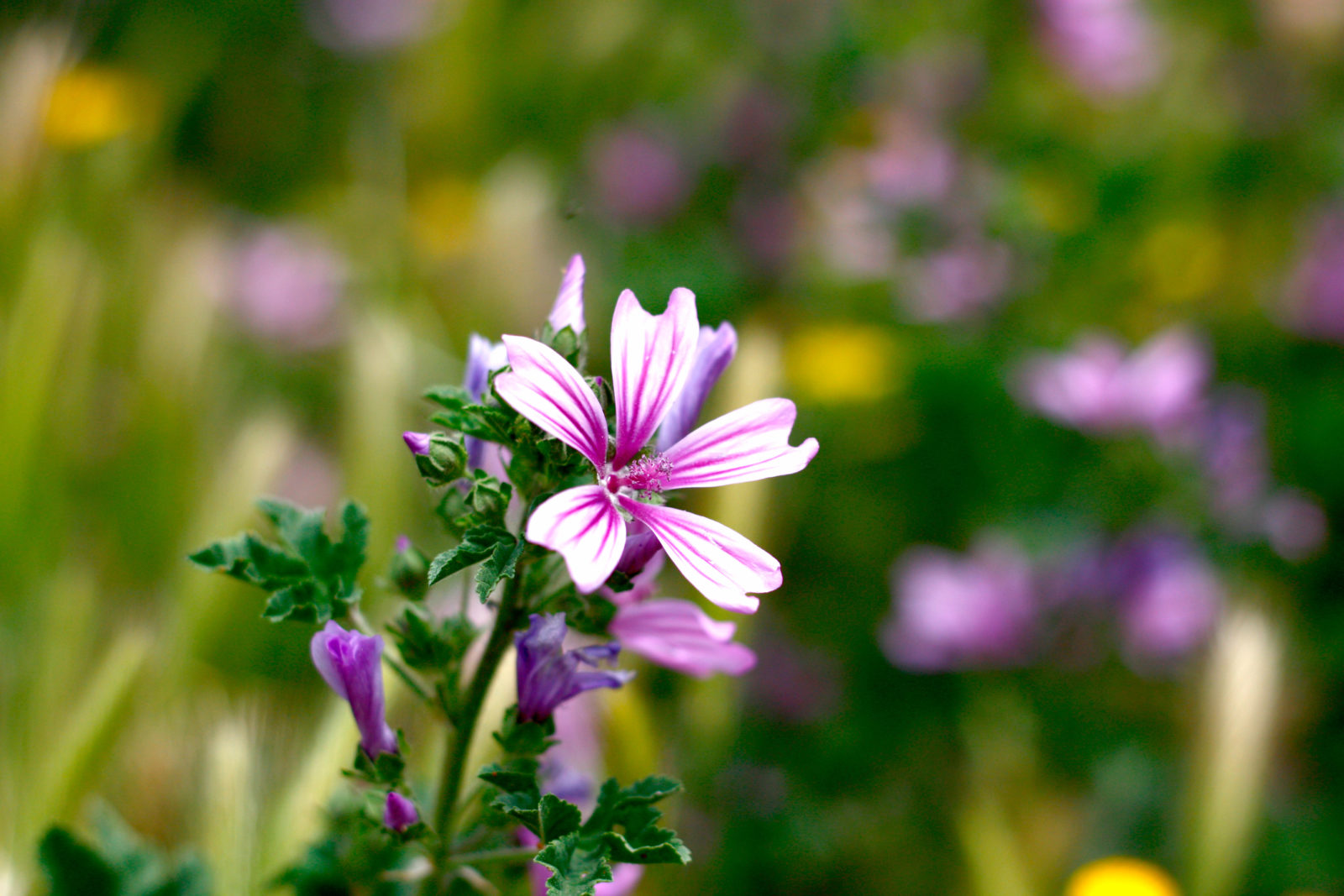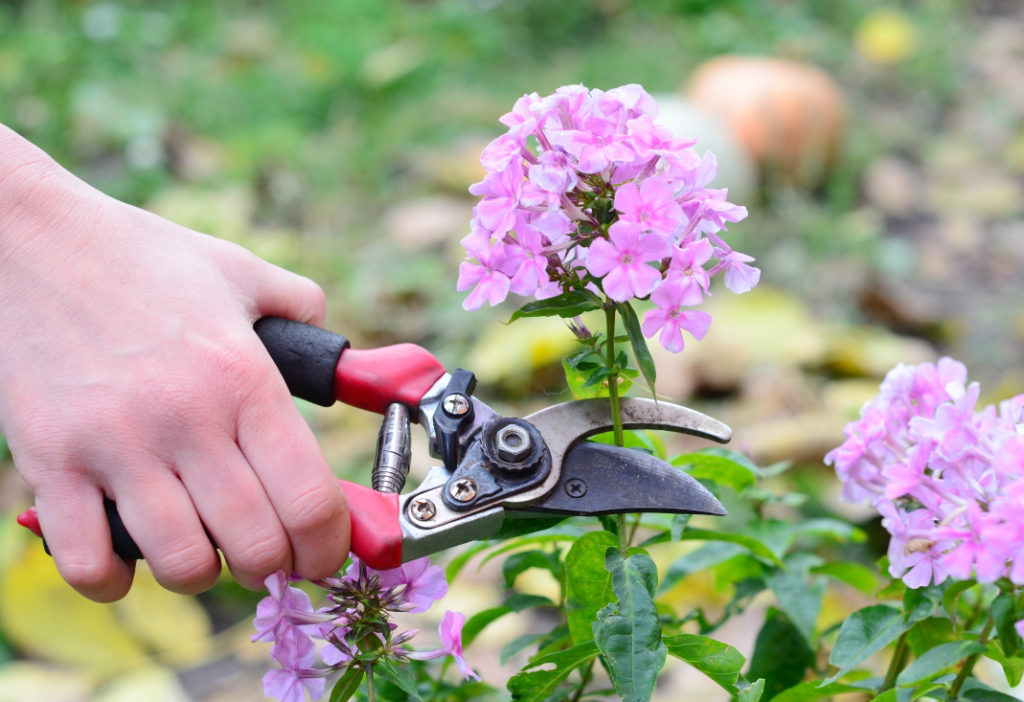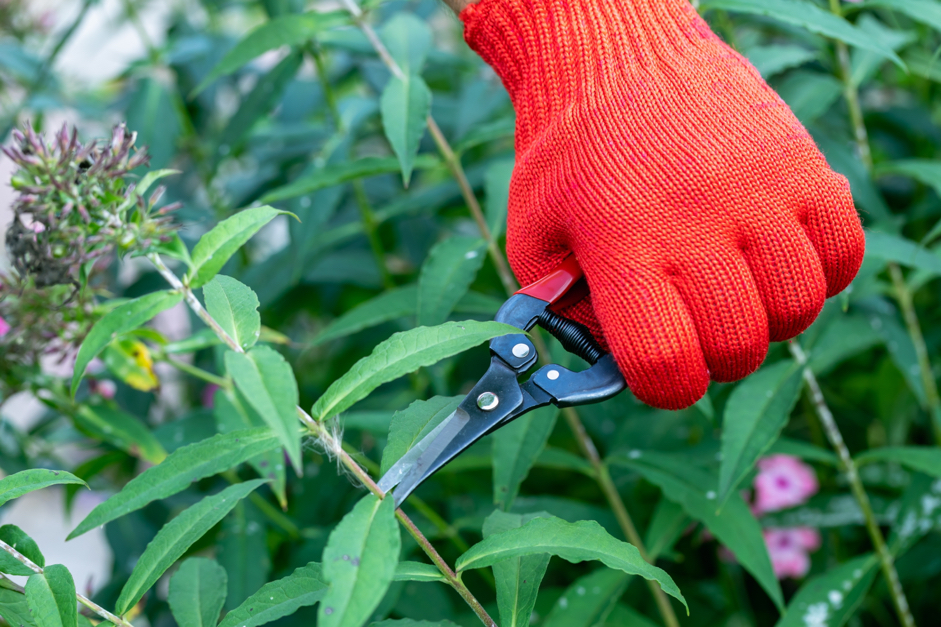Pinch Off Spent Phlox Flowers To Make It Even More Floriferous Say Horticulturists

PERENNIALS > PHLOX > DEADHEADING
Reviewed By COLIN SKELLY

Colin is a Horticulturist and Horticultural Consultant with experience in a range of practical and managerial roles across heritage, commercial and public horticulture. He holds the Royal Horticultural Society’s Master of Horticulture award and has a particular interest in horticultural ecology and naturalistic planting for habitat and climate resilience.
PHLOX GUIDES
Bare Root Planting
Deadheading
Dividing
Growing From Seed
Propagating
Pruning
Transplanting
Varieties
– Purple
Winter Care
As floriferous and long-blooming as phlox is, you can make it even more floriferous and long-blooming by deadheading your phlox plants.
Phlox varieties number in the many hundreds and occur in an amazing array of heights and habits.
All of them except the creeping, mat-forming types should be deadheaded.
The first phase of deadheading will begin early on in the flowering season, whereas the second will start about three weeks into the flowering season.
Both are done on an ongoing basis.
The third ‘phase’ is to be done in autumn after the flowering season is over.
The process is explained in more detail below.
| Difficulty | Easy |
| Equipment Required | Secateurs, Gardening Shears |
| When To Deadhead | June-August, then October-November |
1) Pinch off Spent Flowers
On any given terminal cluster of flowers, a few flowers will wilt early even as some buds are yet to open.
To maintain a neat and fresh look about your plant, when you see spent blooms, remove them.
Pinch the stalk of the spent flower between your thumb and forefinger and pluck it off where it attaches to the stem.
When doing so, you may need to steady the stem with the other hand.
2) Cut Fading Flower Stems
As the flowering season progresses, many flowers on a terminal cluster will be fading and withering, over and above the individual ones you had pinched off earlier.

I find it’s good practice during the flowering season to do a quick weekly run-through of your plants to spot fading, withering clusters.
Deadhead such a fading floral cluster by cutting off its stem right from the base with secateurs.
Deadheading will not only spruce up your plant but will also trigger fresh blooms.
3) Cut Back In Autumn
By September, perhaps even October at the latest, the blooming season will draw to a close.
Shortly thereafter, you should cut back your phlox plants so that they can bloom beautifully again the following year.

In the October-November timeframe, cut back the plant to the ground using gardening shears.
“I find that Phlox paniculata cultivars are some of the tougher perennial stems,” shares Colin Skelly, a Horticultural Consultant.
“I leave it until it really starts to degrade in January or February, as I like to leave dead plant material in the garden as a wildlife resource as long as possible.
“By the time I’m making my last cutback, new growth is emerging.”
This super-hardy plant will ‘come again’ in the spring.

